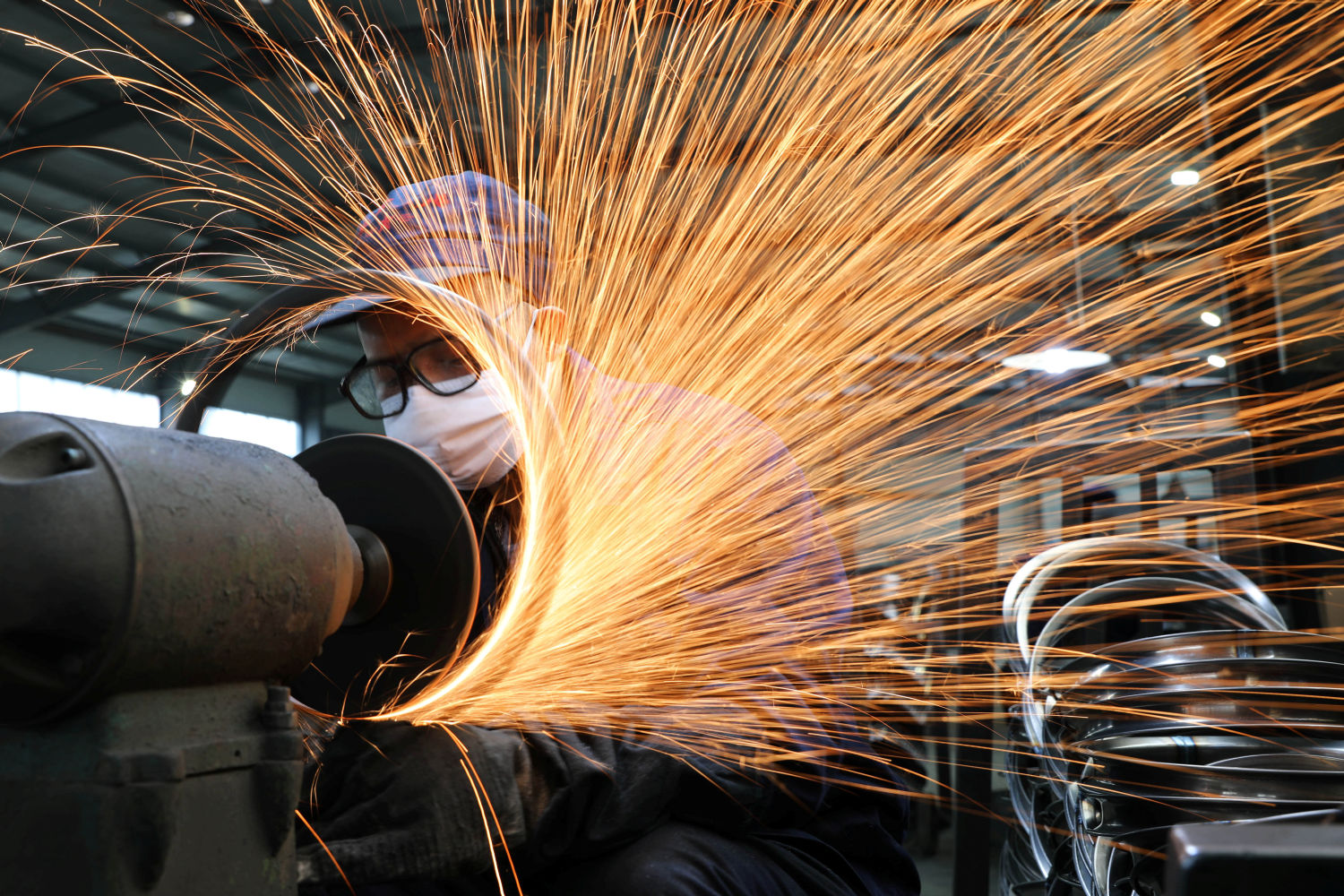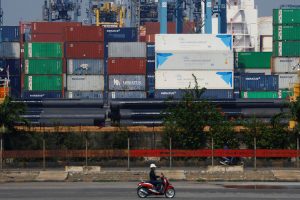(ATF) China’s factory activity expanded in January at the slowest pace in seven months at the start of 2021, weighed down by falling export orders amid a surging global pandemic and rising costs, according to a key index released on February 1.
The slowdown in the manufacturing sector underscores the fragility of the economic recovery in China, as the government grapples with a resurgence of local Covid-19 cases in northern China and navigates rising tensions with Washington and its allies.
The Caixin/Markit Manufacturing Purchasing Managers’ Index (PMI) dropped to 51.5 last month, the lowest level since June last year and easing markedly from December’s reading of 53.0. A reading over 50 denotes expansion.
“The gauge for future output expectations was the lowest since May last year though it remained in positive territory, showing manufacturing entrepreneurs were still worried about the sustainability of the economic recovery,” Wang Zhe, senior economist at Caixin Insight Group, said.
The survey aligned with Beijing’s official PMI published on Sunday, which showed the recovery in factory activity slowing as Covid-19 cases rose. “These forward looking indicators show that China’s production for both domestic market and external market should keep rising in the coming months,” Iris Pang, chief China economist at ING, said.
She said the services outlook was less clear. “Construction activity PMI at 60.0 in January, fell only slightly from 60.7, but travel, hospitality, catering and entertainment related were below 50.0,” Pang noted.
“The domestic order subindex fell into contraction at 48.7 from 51.9 from a month ago,” she added. “These look worrying but in fact may not be the case.” Another subindex – production – dropped to 52.5, the slowest pace of expansion since April last year.
SOLID GROWTH
China’s economy expanded at a faster-than-expected rate of 6.5% in the fourth quarter last year, thanks to the surprisingly resilient export sector, as factories raced to fill overseas orders amid a surging pandemic.
But recovery hopes are being dampened by a sharp increase in Covid-19 cases as authorities race to impose lockdown measures.
Health authorities reported 33 new locally transmitted cases of Covid-19 on February 1, the lowest level in more than three weeks. The tally was down from the previous day’s 73 cases of Covid-19.
China has reported more than 2,000 Covid-19 cases in January in the largest outbreaks since China contained the virus last spring.
Of the 33 new local cases, 22 were identified in Heilongjiang, a province that borders Russia, while neighbouring Jilin recorded 10 Covid-19 patients and Hebei reported one new case.
Average input costs continued to rise sharply during January, with the rate of inflation only easing slightly from December’s three-year high. Respondents reported increased raw material prices and supplier shortages drove up expenses in January.
Factories continued to reduce their headcount at a faster pace in January. Manufacturers also reported widespread logistics delays as government-imposed lockdown measures hit supply chains, leading to a marked increase in delivery times for suppliers.
Julian Evans-Pritchard, senior China economist at Capital Economics, said the slump in manufacturing was “not too surprising” given that output was already well above trend. “Capacity utilisation rates in industry hit an eight-year high last quarter. Despite the slowdown, we think activity will remain strong in the near term.”
























